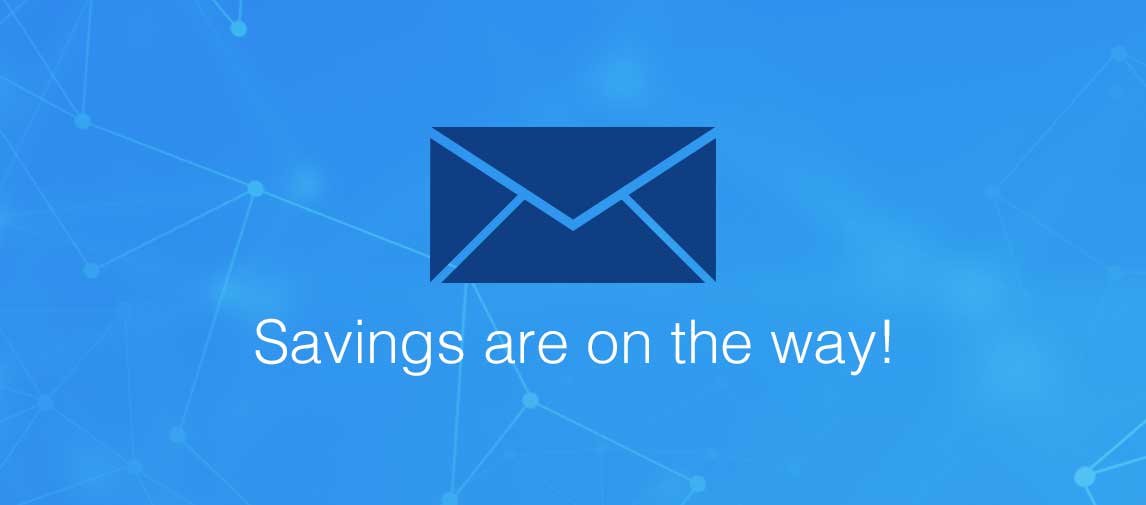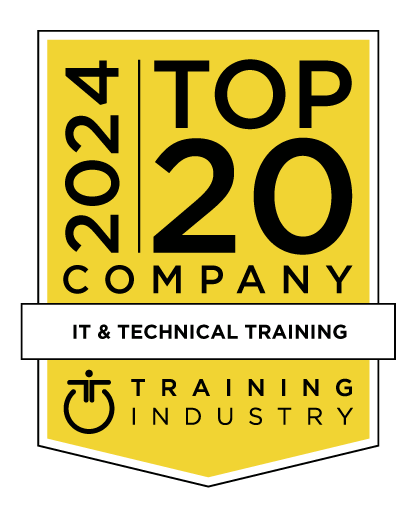title
Please take a moment to fill out this form. We will get back to you as soon as possible.
All fields marked with an asterisk (*) are mandatory.
Developing Applications with Google Cloud Platform
Course Description
Overview
In this Developing Applications with Google Cloud Platform course, application developers learn how to design, develop, and deploy applications that seamlessly integrate components from the Google Cloud ecosystem. Through a combination of presentations, demos, and hands-on labs, participants learn how to use GCP services and pre-trained machine learning APIs to build secure, scalable, and intelligent cloud-native applications.Objectives
- Use best practices for application development.
- Choose the appropriate data storage option for application data.
- Implement federated identity management.
- Develop loosely coupled application components or microservices.
- Integrate application components and data sources.
- Debug, trace, and monitor applications.
- Perform repeatable deployments with containers and deployment services.
- Choose the appropriate application runtime environment; use Google Kubernetes Engine as a runtime environment and later switch to a no-ops solution with Google App Engine Flex.
Audience
- Application developers who want to build cloud-native applications or redesign existing applications that will run on Google Cloud Platform
Prerequisites
- Completed Google Cloud Platform Fundamentals or have equivalent experience
- Working knowledge of Node.js
- Basic proficiency with command-line tools and Linux operating system environments
Topics
- Code and environment management
- Design and development of secure, scalable, reliable, loosely coupled application components and microservices
- Continuous integration and delivery
- Re-architecting applications for the cloud
- How to set up and use Google Cloud Client Libraries, Google Cloud SDK, and Google Firebase SDK
- Lab: Set up Google Client Libraries, Google Cloud SDK, and Firebase SDK on a Linux instance and set up application credentials
- Overview of options to store application data
- Use cases for Google Cloud Storage, Google Cloud Datastore, Cloud Bigtable, Google Cloud SQL, and Cloud Spanner
- Best practices related to the following:
- Queries
- Built-in and composite indexes
- Inserting and deleting data (batch operations)
- Transactions
- Error handling
- Bulk-loading data into Cloud Datastore by using Google Cloud Dataflow
- Lab: Store application data in Cloud Datastore
- Operations that can be performed on buckets and objects
- Consistency model
- Error handling
- Naming buckets for static websites and other uses
- Naming objects (from an access distribution perspective)
- Performance considerations
- Setting up and debugging a CORS configuration on a bucket
- Lab: Store files in Cloud Storage
- Cloud Identity and Access Management (IAM) roles and service accounts
- User authentication by using Firebase Authentication
- User authentication and authorization by using Cloud Identity-Aware Proxy
- Lab: Authenticate users by using Firebase Authentication
- Topics, publishers, and subscribers
- Pull and push subscriptions
- Use cases for Cloud Pub/Sub
- Lab: Develop a backend service to process messages in a message queue
- Overview of pre-trained machine learning APIs such as Cloud Vision API and Cloud Natural Language Processing API
- Key concepts such as triggers, background functions, HTTP functions
- Use cases
- Developing and deploying functions
- Logging, error reporting, and monitoring
- Open API deployment configuration
- Lab: Deploy an API for your application
- Creating and storing container images
- Repeatable deployments with deployment configuration and templates
- Lab: Use Deployment Manager to deploy a web application into Google App Engine flexible environment test and production environments
- Considerations for choosing an execution environment for your application or service:
- Google Compute Engine
- Kubernetes Engine
- App Engine flexible environment
- Cloud Functions
- Cloud Dataflow
- Lab: Deploying your application on App Engine flexible environment
- Stackdriver Debugger
- Stackdriver Error Reporting
- Lab: Debugging an application error by using Stackdriver Debugger and Error Reporting
- Stackdriver Logging
- Key concepts related to Stackdriver Trace and Stackdriver Monitoring. Lab: Use Stackdriver Monitoring and Stackdriver Trace to trace a request across services, observe, and optimize performance
Related Courses
-
Google Cloud Platform Fundamentals: Core Infrastructure
GCP-100- Duration: 1 Day
- Delivery Format: Classroom Training, Online Training
- Price: 595.00 USD
-
Logging, Monitoring and Observability in Google Cloud
GCP-470- Duration: 3 Days
- Delivery Format: Classroom Training, Online Training
- Price: 1,785.00 USD
Self-Paced Training Info
Learn at your own pace with anytime, anywhere training
- Same in-demand topics as instructor-led public and private classes.
- Standalone learning or supplemental reinforcement.
- e-Learning content varies by course and technology.
- View the Self-Paced version of this outline and what is included in the SPVC course.
- Learn more about e-Learning
Course Added To Shopping Cart
bla
bla
bla
bla
bla
bla
Self-Paced Training Terms & Conditions
Exam Terms & Conditions
Sorry, there are no classes that meet your criteria.
Please contact us to schedule a class.

STOP! Before You Leave
Save 0% on this course!
Take advantage of our online-only offer & save 0% on any course !
Promo Code skip0 will be applied to your registration
Purchase Information
title
Please take a moment to fill out this form. We will get back to you as soon as possible.
All fields marked with an asterisk (*) are mandatory.










